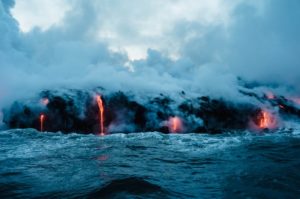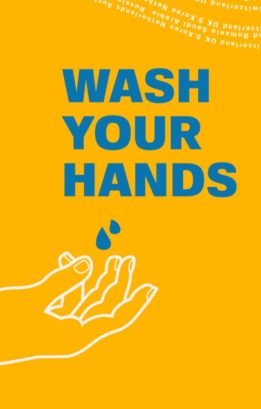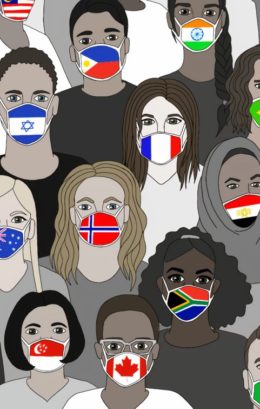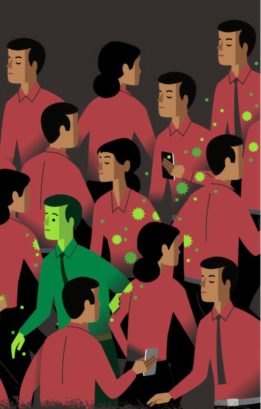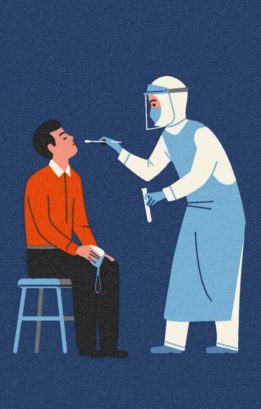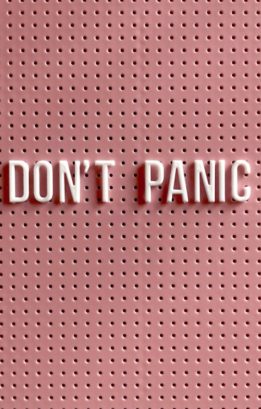Story of How Electricity Works
Explain to children in kid friendly terms what electricity is, how it works and why we need it. This is built as a conversation between my daughter and myself for interactive learning for kids.
Akku: Mom, can you explain to me how electricity works? I’m really curious and I’ve been trying to read about it online, but I’m having a hard time understanding it.
Sure, Akku. Electricity is a form of energy that is caused by the movement of tiny particles called electrons. It’s what allows us to power our homes and devices, and it’s an essential part of modern life.

Akku: Okay, that makes sense. But how do we get the electrons to move in the first place?
Well, there are several ways to generate electricity, but the most common method is through the use of generators. These are machines that use energy from a source, such as coal or natural gas, to create a magnetic field that causes the electrons to move.
Akku: I see. And then how do we get the electricity to our homes and other places?
After it’s generated, the electricity is sent through power lines to transformers, which change the voltage of the electricity to a level that can be safely used in homes and buildings. From there, it’s distributed through a series of smaller power lines and finally reaches the outlets in our homes.

Akku: That’s so interesting! But what about the devices that we use? How do they turn the electricity into something useful?
Each device has its own circuit, which is a path that the electricity follows. When you plug in a device, it completes the circuit and the electricity flows through it, powering the device. The device then converts the electricity into the specific form of energy that it needs to function, whether it’s light, heat, or motion.
Akku: Wow, I never realized how complex the whole process is. But what about safety? I’ve heard that electricity can be dangerous.
Yes, electricity can be dangerous if it’s not handled properly. That’s why it’s important to always follow safety guidelines when using electrical devices and outlets. For example, you should never touch an electrical outlet with wet hands, and you should always unplug appliances when you’re not using them. It’s also important to use proper wiring and outlets to prevent fires and other accidents.

Akku: I’ll make sure to remember all of those safety tips. Thanks for explaining it to me, Mom. I feel like I have a much better understanding of how electricity works now.
You’re welcome, Akku. It’s always important to learn about the things that are a part of our everyday lives. Do you have any other questions about electricity or anything else?
Akku: No, I think I’m good for now. But I’m sure I’ll have more questions in the future.
That’s great. I’m always here to help you learn and answer any questions you have.

